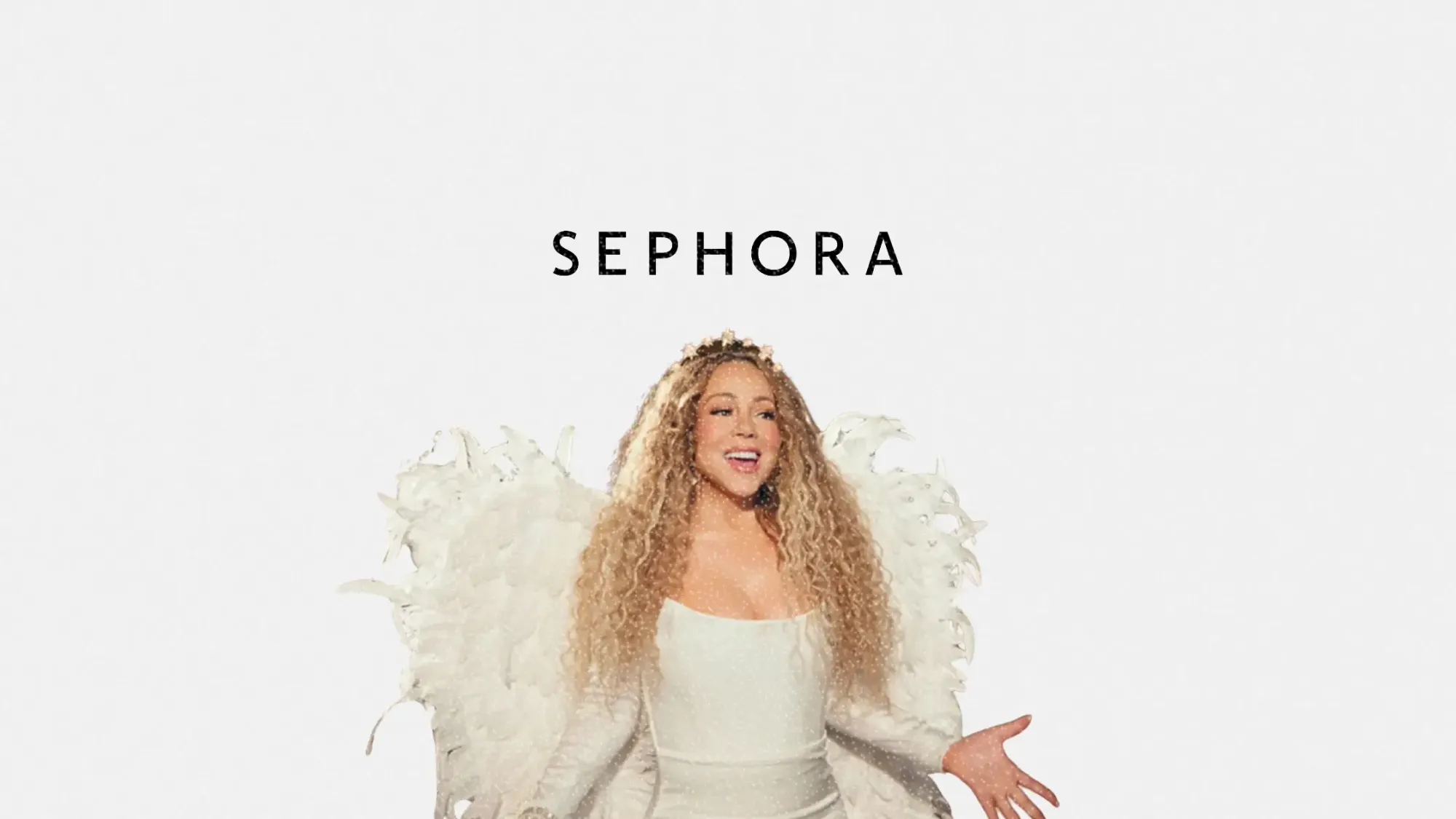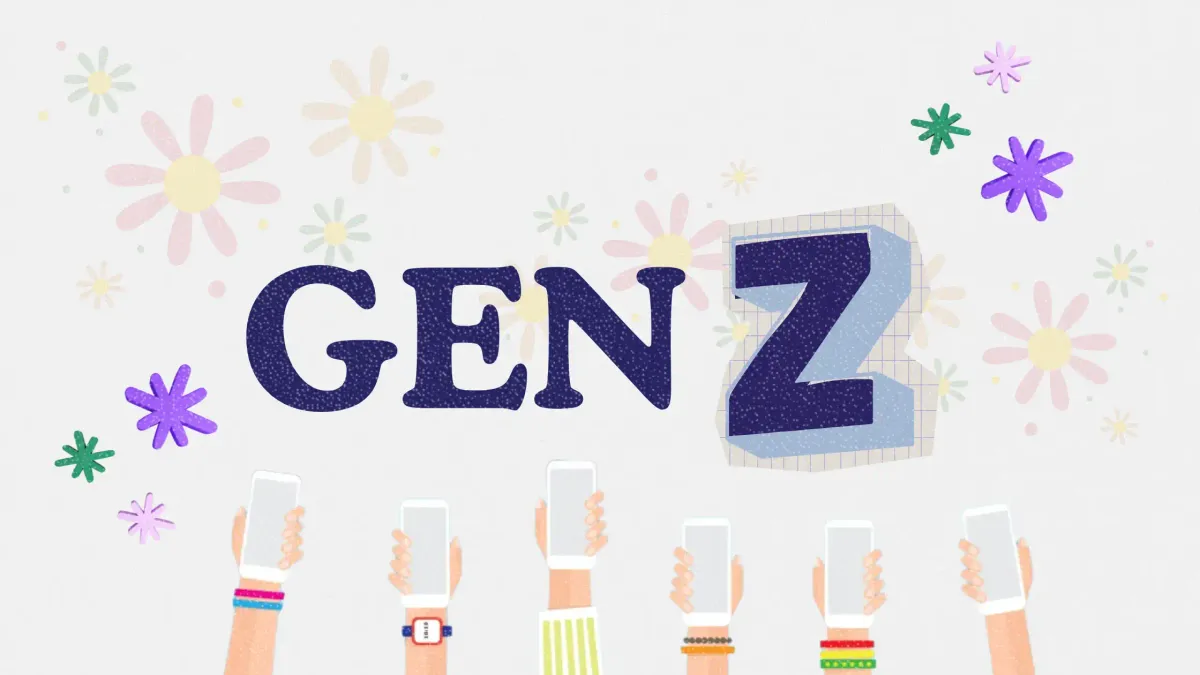Sephora taps Mariah Carey for holiday magic but not everyone’s buying it
Sephora’s latest holiday campaign leans into cultural nostalgia with Mariah Carey, but critics are questioning the message

Sephora has officially declared the holiday season open, with none other than Mariah Carey leading the charge. The beauty retailer’s latest campaign builds on the singer’s annual “It’s time!” tradition, reimagining her festive kickoff in a glitzy branded rollout.
This article explores how Sephora is leveraging cultural nostalgia and celebrity power to boost holiday engagement, and why marketers should pay close attention to the campaign’s reception, both positive and critical.
Short on time?
Here is a table of content for quick access:
- Mariah’s holiday handoff, now brought to you by Sephora
- Brand nostalgia meets backlash
- What marketers should know

Mariah's holiday handoff, now brought to you by Sephora
The campaign centers around Carey’s iconic “It’s time!” video, the unofficial meme marker for the start of the Christmas season. This year, the viral moment was co-produced with Sephora and directed by Joseph Kahn. It premiered across both Carey’s and Sephora’s Instagram channels and on a Times Square billboard.
Set inside a Sephora-themed glam room, the ad features comedian Billy Eichner as a disgruntled elf threatening to cancel Christmas and sell Carey’s beauty stash to “afford therapy.” Carey responds by freezing the elf into a snowman and taking off in a Sephora-branded sleigh through a wintry fantasy scene.
The spot ties into Sephora’s Give Something Beautiful initiative and the Sephora Savings Event, which runs through November 10. Holiday gift sets and Carey-curated beauty picks are spotlighted across Sephora’s digital storefront.
CMO Zena Arnold described the campaign as a celebration of “glimmers,” those small joys that beauty gifts can spark. “Carey’s ‘It’s time’ video is a cultural phenomenon,” she said, noting the campaign’s potential to connect with audiences through a “joyful, creative, and highly shareable” approach.
Brand nostalgia meets backlash
While some fans applauded the campaign’s flair and Carey’s return to holiday form, the response has not been universally positive. Critics have called out the tone of the ad, particularly its portrayal of a striking elf being punished, and the ironic use of Carey’s anti-consumerist anthem “All I Want for Christmas Is You” to drive product sales.
Commenters on TikTok and other platforms questioned whether the campaign trivializes serious labor concerns and mental health struggles. This reaction comes at a time when economic stress and union activism are dominating headlines across industries.
Whether intended as satire or campy holiday fun, the mixed reaction raises important questions about how far brands can push parody and nostalgia without crossing a line.

What marketers should know
Sephora’s collaboration with Mariah Carey offers more than a festive campaign moment. It’s a case study in cultural co-branding, meme marketing, and the growing tension between seasonal cheer and social consciousness. Here are four key takeaways for marketers navigating holiday campaigns in 2025.
1. Celebrity nostalgia remains powerful, but context matters
Brands love a good meme, especially one as dependable as Carey’s seasonal takeover. But attaching brand messaging to culturally loaded moments requires careful calibration. Marketers should assess not just the viral potential, but the mood of the moment and how humor or satire might land in different audience segments.
2. Holiday campaigns are increasingly moral battlegrounds
Seasonal marketing is not immune to scrutiny. Consumers are more vocal about values alignment, especially around labor and wellbeing. Creative teams should pressure-test campaign scripts for potential misreads, not just laughs.
3. Use partnerships to extend cultural reach, not just product hype
What Sephora got right is positioning itself at the intersection of beauty and pop culture. By tapping into a known moment and remixing it with brand DNA, they created a campaign that people want to talk about. Marketers can learn from this tactic by building bridges between audience rituals and brand messaging.
4. Prepare for backlash and have a response strategy
In an age where brand actions are dissected in real time, it is essential to be ready for both celebration and critique. Messaging that seems humorous or harmless in a boardroom might not survive public scrutiny. A clear communications plan for managing controversy is no longer optional.
Sephora’s Mariah Carey holiday campaign shows the potential and pitfalls of mixing nostalgia, celebrity, and seasonal selling. It is a bold move that reflects how brands are fighting to break through the noise at year’s end. But as marketers craft campaigns around cultural moments, they will need to balance creativity with cultural sensitivity.
The key takeaway: seasonal magic sells, but only if your audience feels like they are in on the moment, not the punchline.





